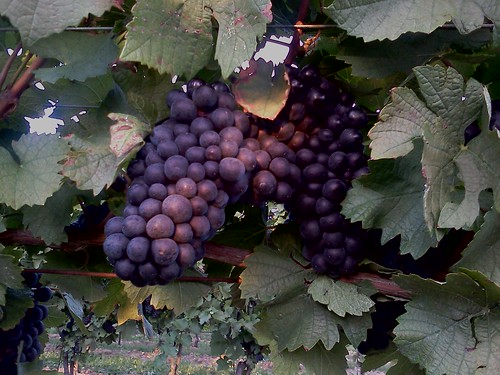
Note: We are following the 2011 grape harvest in Niagara through the writings of several Niagara insiders. This is the third post from Melissa Smits, a cellar/winery technician at Henry of Pelham Family Estate Winery. This is her report for Sept. 18-24. This is Part VII of our #Vintage2011 harvest reports.
By Melissa Smits
Hello readers,
All of the sparkling grapes and almost all of the Baco Noir blocks are harvested here at Henry of Pelham. We still have Reserve Baco to bring in. It hangs longer in order to develop higher sugars and lower acid levels, as long as the weather is suitable.
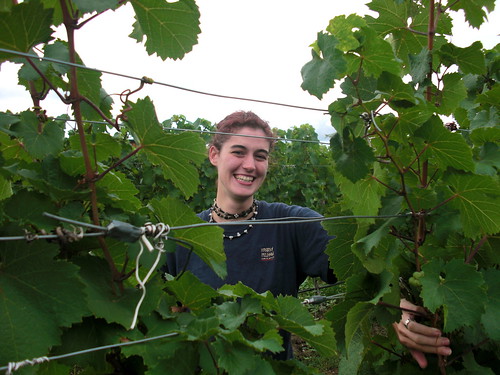
This makes the wine more expressive of the character of the Reserve Baco: fuller, rounder flavours, good mid-palate weight and higher potential alcohol content.
Our single varietal Baco Noir is really approachable and youthful, with a bit more lively acidity and bright fruit character. The Reserve is more serious, and capable of aging; bringing darker fruit and spicy oak aromas now; gaining complexity and smoothness with time.
We’ve started to see some Sauvignon Blanc as well. We harvest our blocks in a couple of stages, balancing fresh, grassy qualities and ripe tropical fruit. I personally like Niagara Sauvignon Blanc quite a lot; it has a nice distinct varietal profile without being excessive.
It’s been said that it’s a pain to try to balance the vine and have consistent fruit quality and yield, but familiarity with the field and vine age make that an easier task.

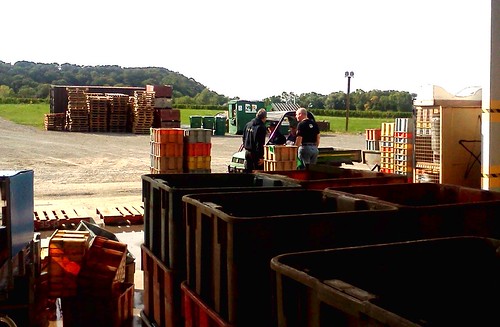
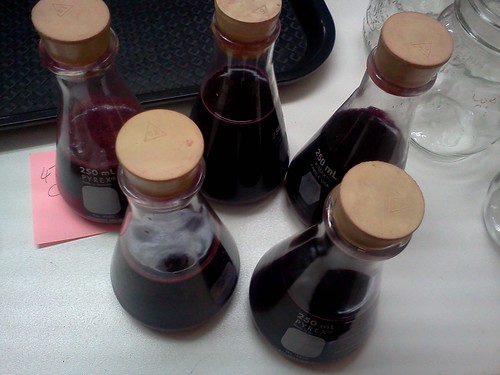
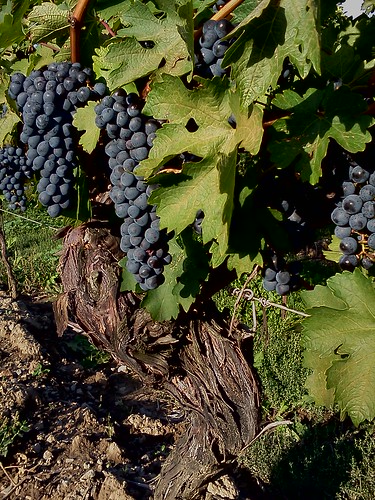
Also at the time of writing, we are harvesting some blocks of Pinot Noir for red production. We had a really heavy rainstorm on Wednesday evening that made harvest imperative.
With such a tight cluster structure, there’s always a risk of rot developing quickly in poor weather. In the span of a few days, we’ll have the majority of our Pinot Noir fruit in.
Possibly some Pinot Blanc will follow for the single varietal wine; it’s been ripening steadily in the last couple of weeks. We have seen a little bit of variable ripeness due to the weather conditions (periodic rainfall followed by hot days), but good sampling and keeping a clear view of the health of the fruit and field conditions help us better forecast what we’ll be working with.
We’ve been starting to check up on more reds such as Merlot and Gamay Noir, and finding excellent figures and flavours for both. It’s still clean in spite of the rain and that gives us a little more freedom to let the berries reach phenolic maturity.
It’s always ideal when there’s no rush to bring fruit in. Right now, it’s really important to recognize windows of opportunity instead; this only comes with experience. Timing is everything! The decisions we make now will carry through to bottle maturation.
Harvest began so quickly, and the summer heat still hasn’t dissipated. It’s obviously going very differently from last year — also a quick start. In the time we have to wait on dryer weather, we’ll drain and press Baco Noir as the different tanks finish primary fermentation.
We’ll also continue working with sparkling base wine. When the sun comes back out again, our crew goes back in the vineyards to keep the fruit rolling in. With every vintage that passes, the period between August and November seems to have its own sense of time; reliant not on hours but sunshine and sugars, glowering clouds and ripening berries. As I mentioned, timing is everything, however in a forecast there lies challenge and chance.
Time spent reading about Niagara wine is almost as good as time spent tasting the results. Thanks for reading!
Melissa Smits


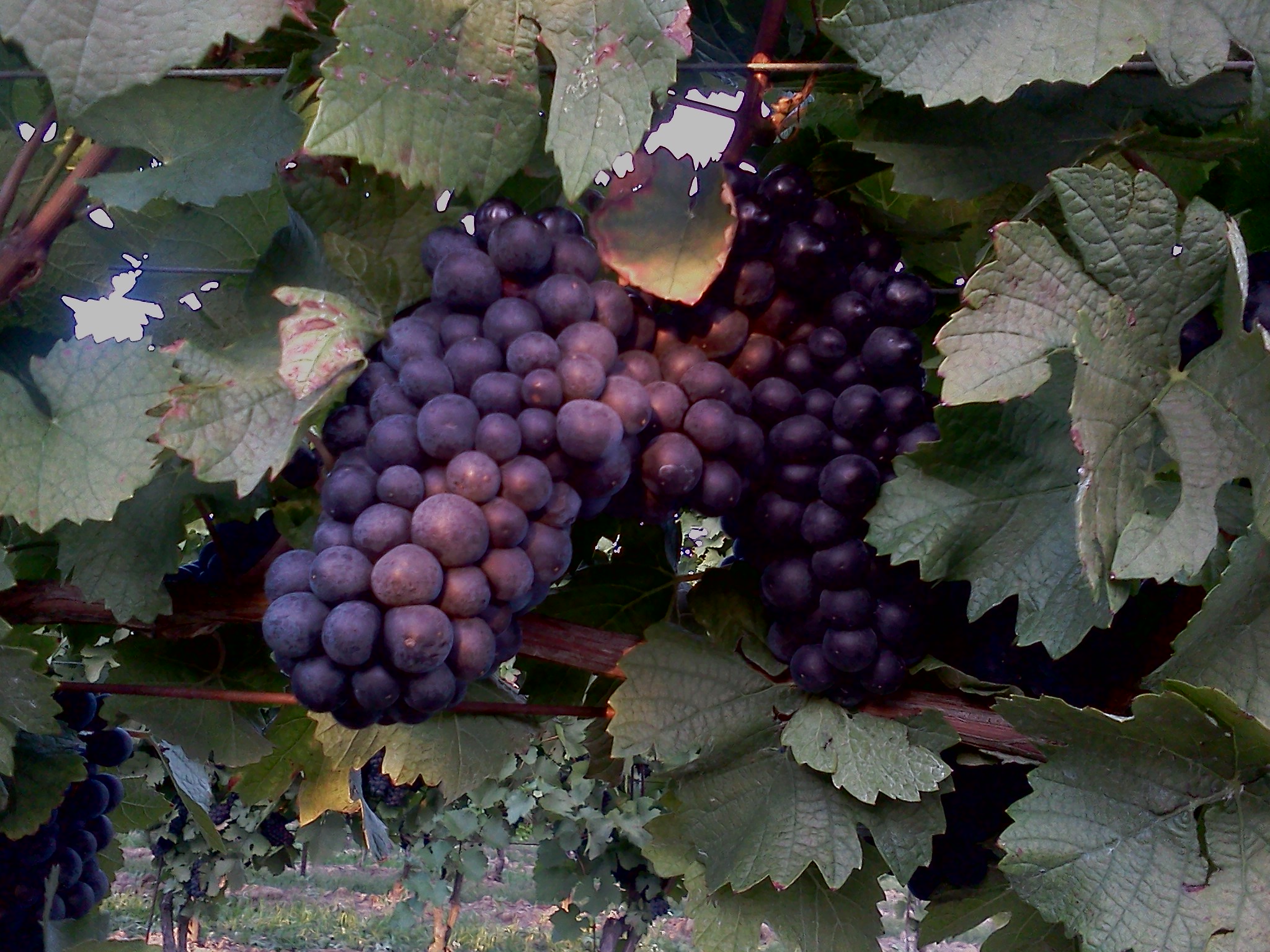




Comment here